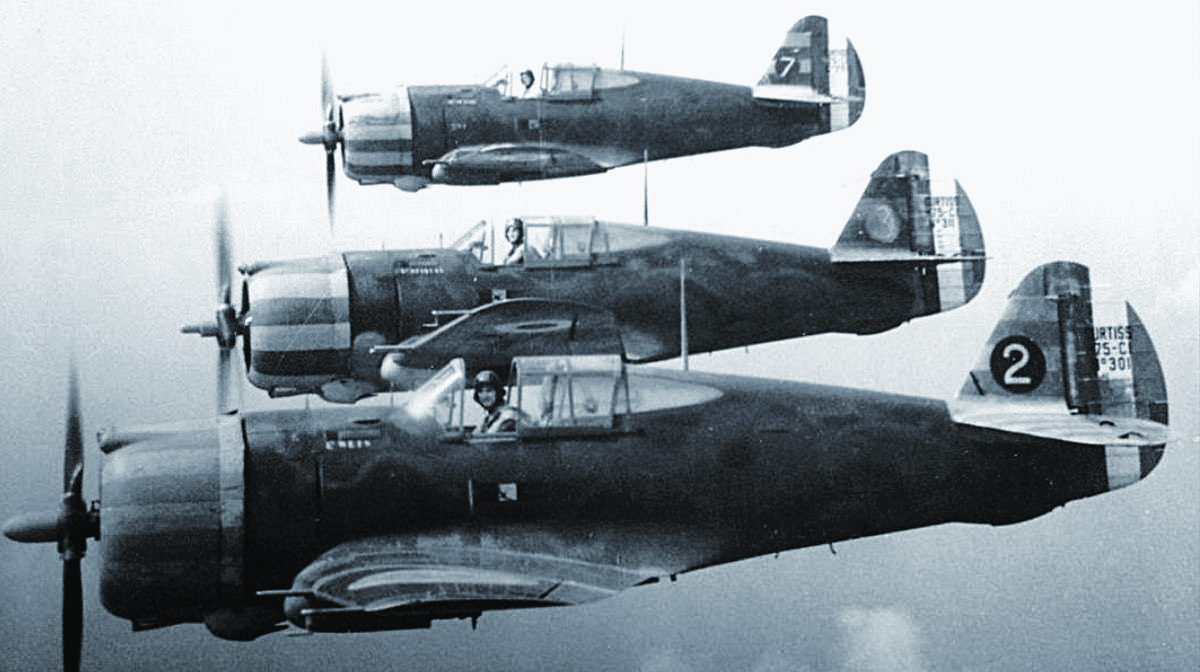Eighty years ago, on November 8, 1942, the Allies launched Operation Torch, the amphibious invasion of French North Africa and the first major U.S. foray into World War II’s European theater. An American aircraft carrier, USS Ranger, and four escort carriers brought 109 Grumman F4F-4 Wildcat fighters, 36 Douglas SBD-3 Dauntless dive bombers and 27 Grumman TBF-1 Avenger torpedo bombers to support the Western Task Force off Morocco. Facing the Americans were Vichy French forces with 208 aircraft, 84 of which had been built in the U.S. and delivered to the French before their 1940 capitulation to Germany. The Vichy air arsenal included Douglas DB-7 attack bombers, Martin 167 Maryland light bombers and Curtiss H-75A fighters, export versions of P-36A Hawks.
The action on the invasion’s first day marked the first time in history that American-built airplanes squared off against each other in war. An early clash saw Wildcats of Ranger’s VF-41 squadron taking on French Hawks—several of which were from Groupe de Chasse II/5, a direct descendant of the renowned “Escadrille Lafayette” of mostly American volunteer pilots who fought for France before the U.S. formally entered World War I. Both sides took their lumps during the air battles, but the French force was unable to mount any defense by November 10. At 10:00 pm that night, Vichy headquarters in Casablanca ordered the French to cease hostilities. Those same Vichy airmen were soon fighting for the Allies as the Free French in the renewed effort to liberate their country.






